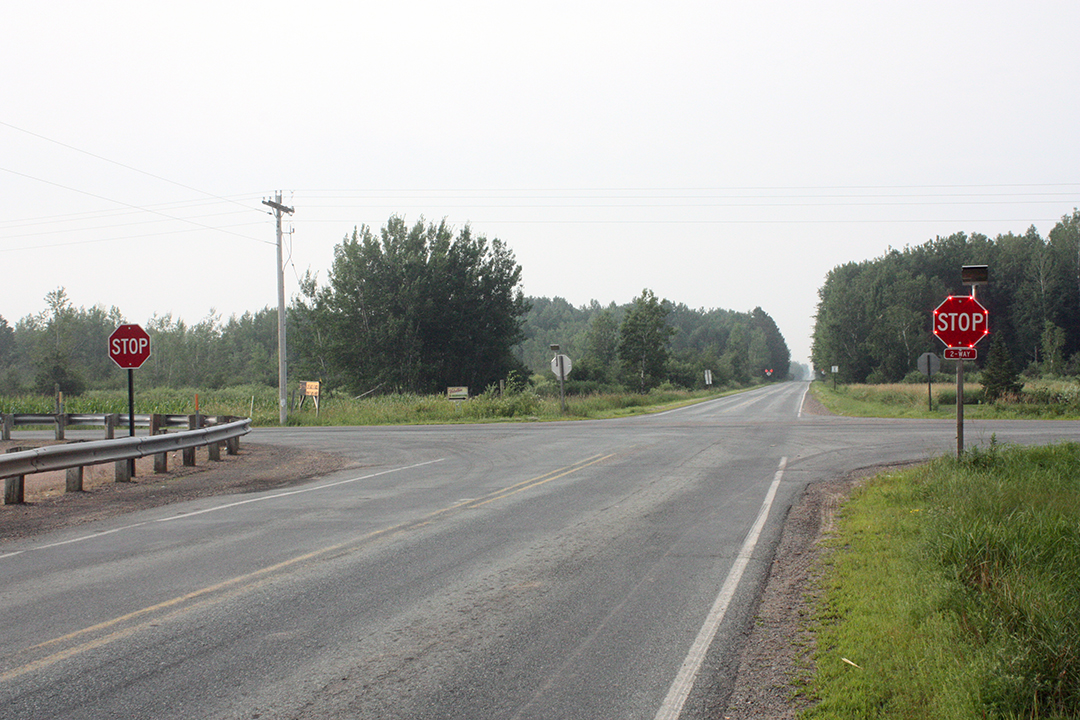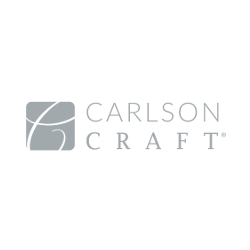Got Milk? You’d better hope so
Dairy milk is making a comeback — and not a moment too soon for America's bone health.
For years, calcium intake has declined, even as bone-weakening lifestyle factors have surged. Americans are spending more time indoors, sitting at desks, getting less vitamin D, and doing fewer weightbearing activities. All of this contributes to an overlooked but growing crisis: our bones are becoming weaker, at an earlier age, and in greater numbers than most people realize.
As Chief of Endocrinology and Metabolic Bone Disease Services at the Hospital for Special Surgery, I see this firsthand. One of the biggest misconceptions patients have is that bone loss is unavoidable with aging — something to worry about only later in life, if at all. But bone health is a lifelong investment, and Americans are dangerously underinvesting.
We aren't getting nearly enough calcium, and the consequences of that deficiency are showing up sooner and more severely than expected. It's time for patients and providers to prioritize bone health — through better education, daily habits, and preventive activity long before suffering a fracture.
Think of your skeleton as a cement foundation. Most of the structure you'll rely on as an adult is built during adolescence when the body is rapidly laying down bone.
Calcium is the primary mineral in that foundation — essential for building and maintaining strong, healthy bones. That's why children and teenagers need substantial amounts to develop peak bone mass.
But even after the growth phase ends, bones still need care. Adults must continue supporting their skeletal health with steady calcium intake, adequate vitamin D, and regular physical activity.
Fall short, and your body will draw calcium from your skeleton. If you're not getting enough of the mineral, or don't have enough vitamin D to help absorb the amount you take in, your bones become the backup supply to maintain normal blood levels.
That silent sacrifice can lead to osteoporosis, a progressive disease that leaves bones fragile and more prone to break from minor falls or everyday activities.
Osteoporosis affects at least 10 million Americans, and almost 45 million others are at increased risk for fracture due to low bone density. Over half of U.S. adults aged 50 and older are vulnerable to potentially devastating fractures.
The economic burden is just as sobering. Osteoporosis-related fractures cost the U.S. healthcare system tens of billions annually.
We can't treat our way out of this. There's already a critical shortage of specialists who manage bone health and osteoporosis specifically. We need to prevent it, starting with patient education and a renewed focus on calcium — and vitamin D.
That begins at the table. Calcium from dairy products like milk, yogurt, and cheese is among the most easily absorbed. For those who are lactose intolerant or dairy-free, calcium-fortified beverages and supplements can help fill the gap — but they need to be taken correctly.
We also need to rethink physical activity. Our bones respond to gravity and ground impact — meaning walking, running, or strength training are far better for our skeletons than swimming or cycling. 'Use it or lose it' isn't a cliche — it's biology.
The recent uptick in milk consumption is a welcome trend. But the bigger opportunity is cultural: to start thinking about bone health the way we think about heart or brain health — as something worth preserving every day.
We only get one skeleton. Let's treat it like the vital organ system it is.
Matthew T. Drake, MD, Ph.D, is the Chief of Endocrinology at Hospital for Special Surgery located in New York City. This piece originally ran in RealClearScience.

